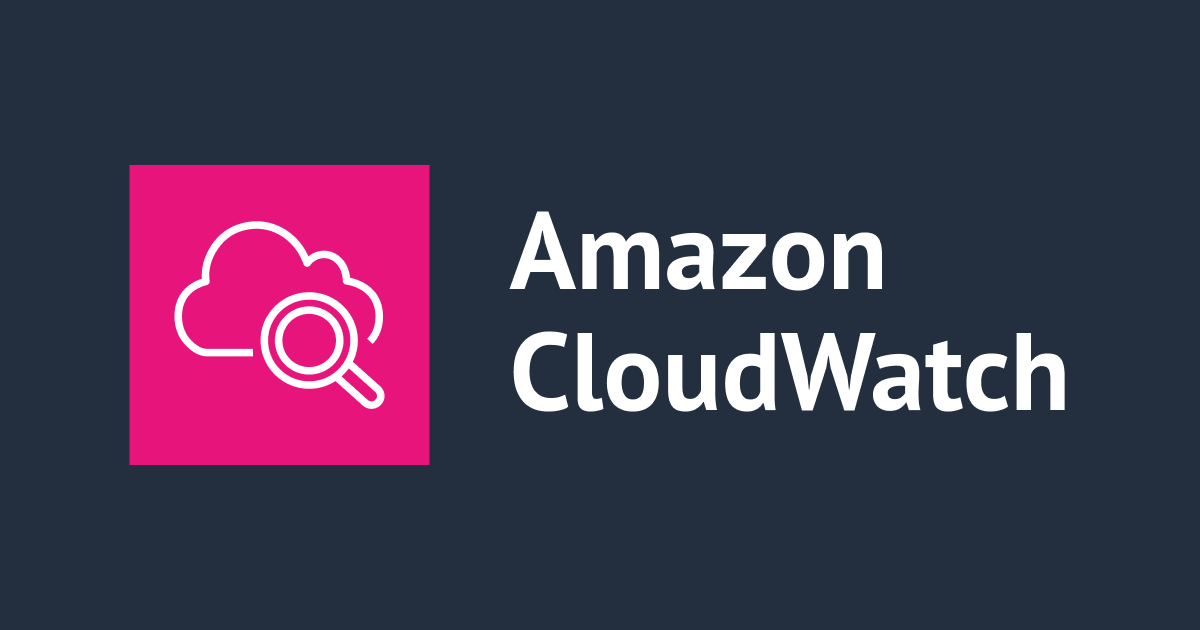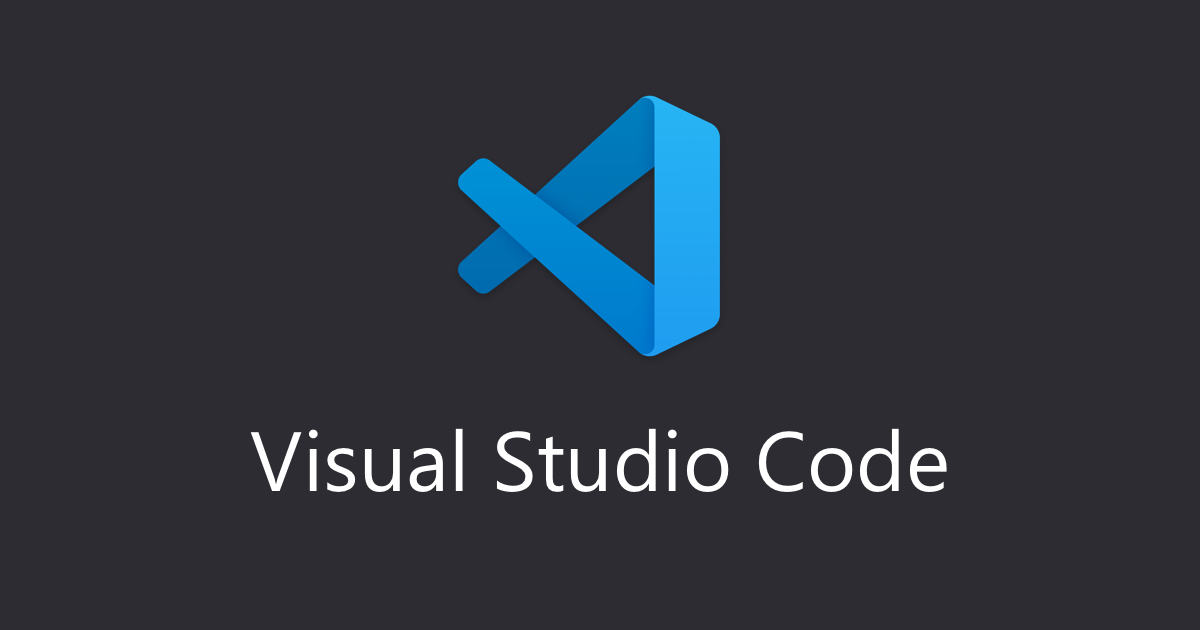
I attended the the webinar “AWS and Sumo Logic: Observability With OpenTelemetry”
Introduction
Hemanth from the Alliance Department here. In this blog i wanted to give an summary of a recent webinar that caught my attention: "AWS and Sumo Logic: Observability With OpenTelemetry"
Speakers for the Session
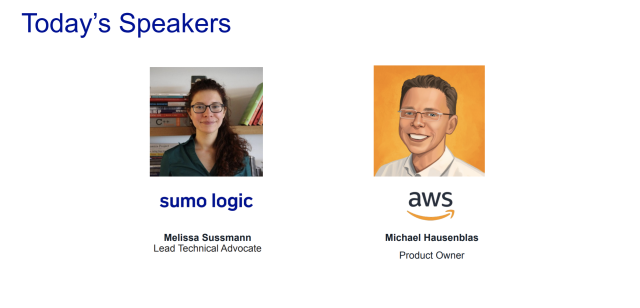
Overview of Sumo Logic & AWS
Sumo logic a leading log Analytics Platform catering for both security and Observability use cases. Serving AWS customer was a tremendous success. Its success story is entwined with the enhancement of application security and dependability by various businesses. Let's examine one of these success stories:

Importance of OpenTelemetry (Otel)
OpenTelemetry, more often known as Otel, has become a key player in the observability field. It was created in 2019 as a result of the union of Google's opentracing and opencensus projects. But why is Otel important? Let's quickly review telemetry pipeline data collecting to better comprehend this. Otel is more than simply a data filter; it also creates richer metadata. It supports multiple backends, including information about Kubernetes containers and other crucial logging and trace data. Otel, often known as opentelemetry, is essentially an open standard for data gathering. It is a vendor-independent diagnostic tool that can gather application telemetry data such as traces, metrics, logs, and other information and send it to the backend of your choice.
Ovservability 1.0 vs Observability 2.0
A big change occurred with the transition from Observability 1.0 to Observability 2.0. The latter uses a uniform collecting mechanism and does away with the necessity for three different backends. Otel does away with the need for brand-new libraries and signals. As a result, building libraries takes less time, and managing various signals requires less effort. Everything is more organized when there is just one agent/collector. Otel additionally urges providers to adopt the OpenTelemetry Protocol (OTLP) for a more uniform method.

Embracing the OpenTelemetry Standard: Why Now?

OpenTelemetry Signals
Logs: Primarily meant for human consumption, provide information about what is occurring and our current position.
Metrics: Numerical signals that combine data from several different services to represent indicators.
Traces: These signals utilize the context dispersal principle to function across a range of services. The waterfall model is commonly used to depict them and shows the services along the request flow.
Profiles: A relatively recent subset of telemetry signals designed for certain applications.

Sumo Logic Contribution to Otel and how you can Contribute to Otel


Collector Best Practices
Directly use the Otel to communicate data to the backend and directly instrument application code, which can be ECS, a Lambda function, etc. One negative is that you must touch the code to make any necessary modifications. Use Otel Collector's binary, which runs in a container environment, as that is the most versatile method. Any modifications you want to make now just require a runtime configuration change to the collector's configuration, not the code. Send OLTP from the application to the load balancer, which spreads out to several open telemetry collectors, for larger deployments or massive data to process. A structure approach to management would be better for them if they had numerous collectors, and they didn't all have to be open telemetry collectors like legacy or open source agents. OpAMP, which is used to handle a slew of these collectors, is a component. There is a boot strapping device on each auto collector. OpAMP is typically used for configuration patterns, health performance, and sleet management.

Trends currently seen
RUM (Real-Time User Monitoring): The focus here is on monitoring end-users in real-time. This involves tracking core web vitals and addressing issues related to page load times.
Continuous Profiling: Profiling conducted at intervals as short as every 10 seconds, or even continuously, is gaining traction. This relatively new concept is slated to become even more prominent in 2024.
Semantic Conventions (semconv): These conventions define allowable keys and values, enhancing consistency and standardization in telemetry data.
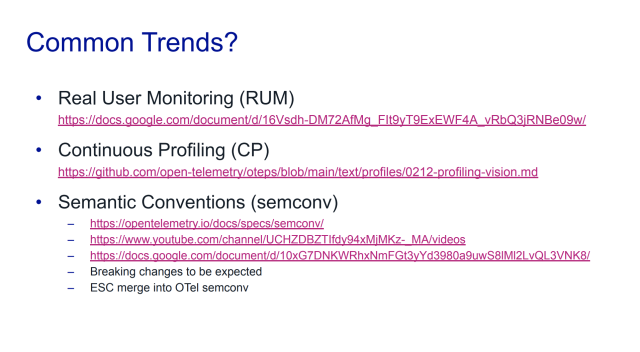
Conclusion
Observability, powered by OpenTelemetry, is at the forefront of how we understand and manage complex systems in times to come. As trends continue to evolve, embracing this technology puts organizations for a data-rich and informed future.

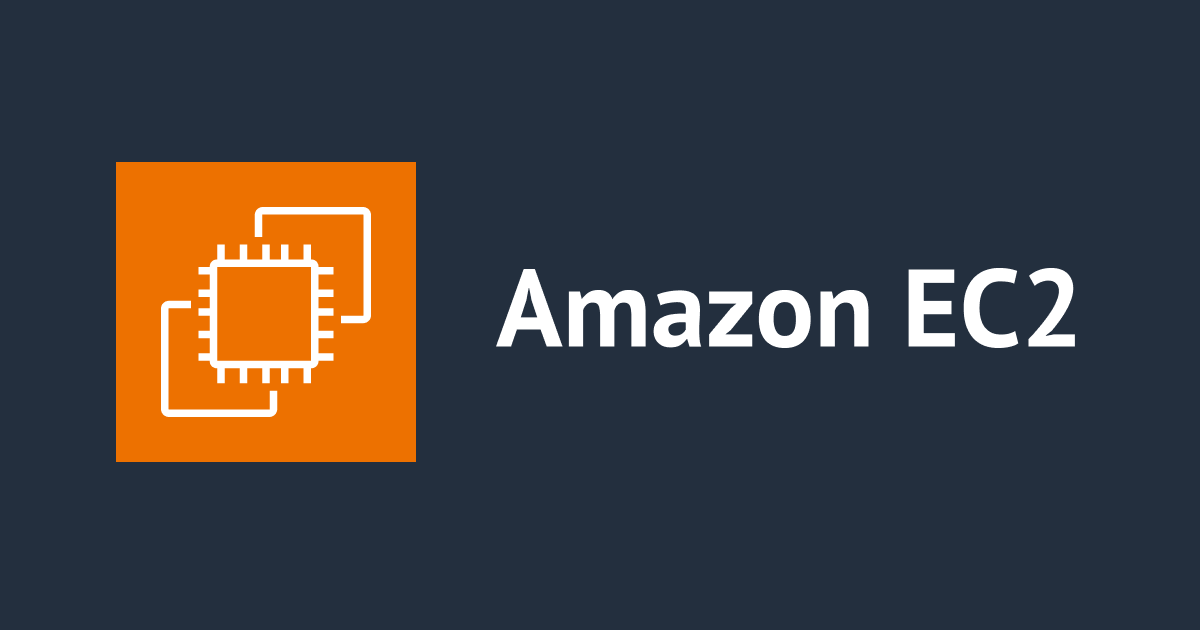

![[Amazon FSx for NetApp ONTAP] SMBのサーバーサイドコピーはできるのか確認してみた](https://images.ctfassets.net/ct0aopd36mqt/wp-thumbnail-9e9d102dfa6d7896319b16fe069cdf55/c3bbbeab42ba5764c5a573e979719805/amazon-fsx-for-netapp-ontap)

